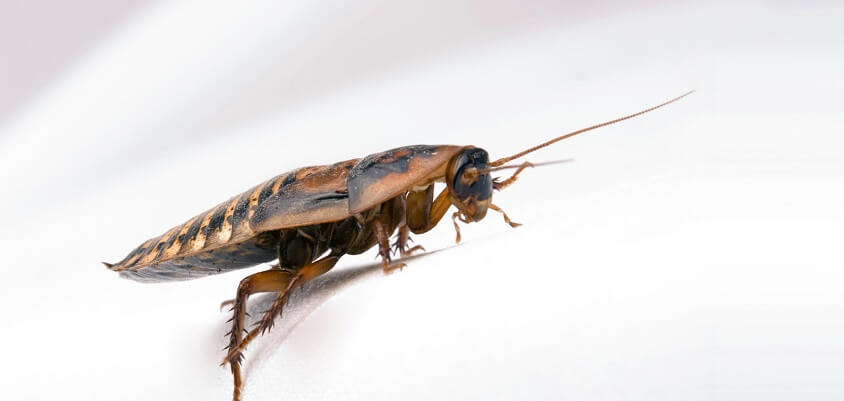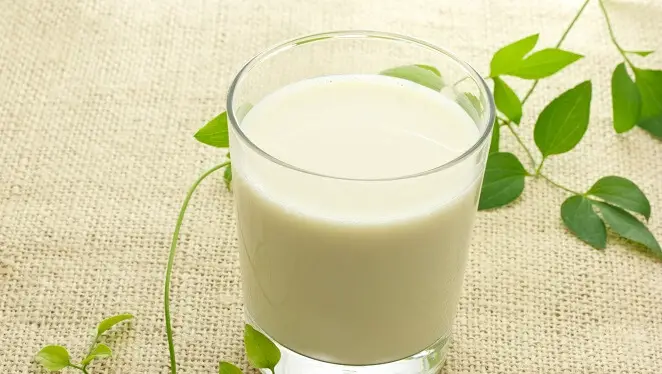Cockroach Nutrition Facts

Many might squirm at the mere thought of a cockroach, often viewing it as a pesky insect intruder. Yet, for some, it’s a source of nutrition and even a delicacy.
But why would anyone consider eating a cockroach, you ask? The answer lies in its nutritional content. Let’s take a closer look at cockroaches’ nutritional benefits and explore their potential for our diets.
Caloric Comparison
To put things into perspective, let’s compare the caloric value of cockroach milk to some of the more conventional types of milk.
| Type of Milk | (kcal/100 grams) |
|---|---|
| Cockroach Milk | 232 |
| Human Milk | 60 |
| Buffalo Milk | 110 |
| Cow Milk | 66 |
Why Eat a Cockroach?
Cockroaches, like many insects, are a source of high-quality protein. They also contain a good amount of vitamins and minerals, which are vital for our body’s proper functioning.
Consuming insects, or entomophagy, has been practiced by many cultures worldwide for centuries. The modern world is slowly waking up to the benefits of including insects in our diets, both nutritionally and environmentally.

Nutritional Breakdown
Cockroach milk boasts an impressive nutritional profile:
- Protein: Constituting 45% of its makeup, the protein content is notably higher than that of many traditional milk sources. Even more impressive is the fact that it provides all nine essential amino acids, a rarity among non-meat foods.
- Carbohydrates: Making up 25% of its composition, the carbohydrate content helps provide energy.
- Fats: Ranging between 16%-22%, the fat content in cockroach milk includes beneficial fatty acids such as oleic acid, linoleic acid, and omega-3 fatty acids.
- Amino Acids: Comprising 5% of the milk, these are the building blocks of proteins and play essential roles in bodily processes. Moreover, the milk contains vitamins, minerals, and short- and medium-chain fatty acids.
Are All Cockroaches Edible?
Before you venture into consuming cockroaches, it’s vital to note that not all cockroach species are edible. Some may be toxic due to their diet or habitat.
For example, cockroaches from urban environments might have consumed pesticides or other harmful chemicals. It’s always recommended to consume species that have been bred specifically for human consumption and sourced from reputable suppliers.
Cultivation Challenges
One major challenge lies in the production of cockroach milk. Harvesting milk from individual cockroaches is a tedious process. Therefore, researchers are looking into the possibility of synthesizing the milk in labs or leveraging bio-engineered yeast to produce it in bulk.
The ‘Yuck’ Factor
While the idea of consuming cockroach milk might sound unpalatable to many, it’s essential to remember that many foods and delicacies worldwide were once met with skepticism. The key lies in marketing, processing, and presenting it in an appealing and informative manner.
Environmental Benefits
Besides their nutritional benefits, farming cockroaches for food has a lower environmental impact than traditional livestock. They require less land, water, and food. Moreover, they produce fewer greenhouse gases.
Concluding Thoughts
While munching on a cockroach might not appeal to everyone, its nutritional value is undeniable. As the world searches for sustainable food sources, keeping an open mind is essential. Who knows? Maybe in the future, a cockroach protein bar might just be the next big thing in health foods!
So, the next time someone brings up the topic of cockroaches, you can share some fascinating nutritional facts that might just surprise them. After all, it’s always best to expect the unexpected in the world of nutrition!

James E. Butkovich, Pest control maven with a knack for eco-friendly & Chemical solutions. Blogger with a mission to make homes pest-free, one post at a time.